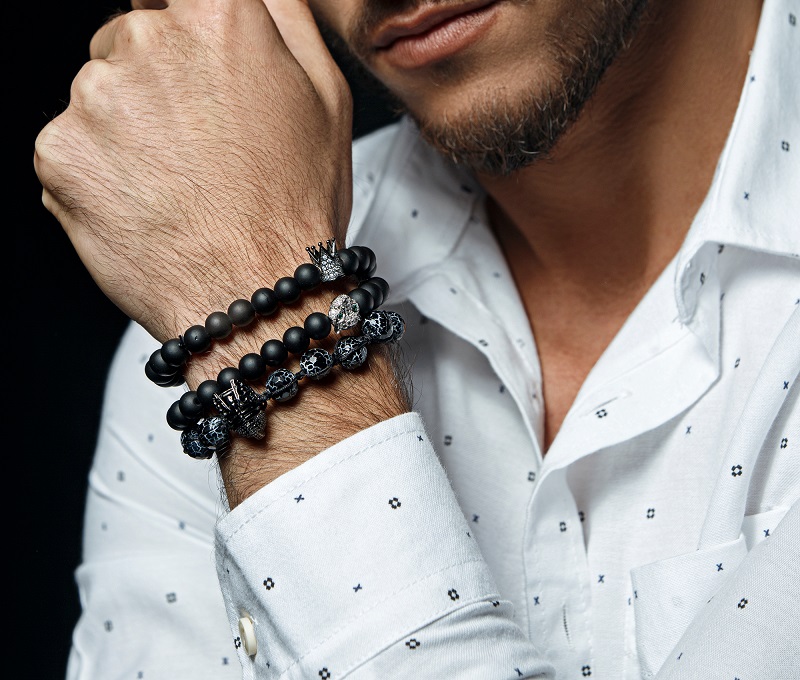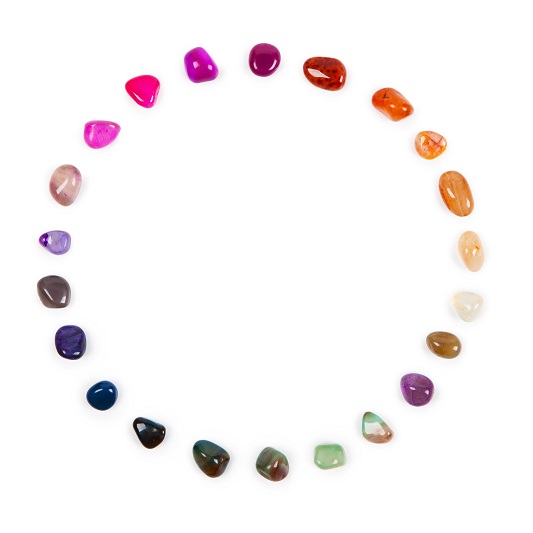Gemstone of the Week: Morganite

Terracotta Army: The Dead Army of Qin Shi Huang, First Emperor of China
13th October 2017
Egyptian Tomb Raiders: Curses and Mysteries
13th October 2017Sometimes referred to as ‘pink emerald’, Morganite is a light pink variety of beryl. As beryl is most famous for its production of beautiful emerald, the stone gained its nickname as the pink variety of the famous gemstone. Also related to aquamarine, goshenite and golden beryl, morganite happens to be one of the rarest forms of the naturally occurring mineral, with the only competitor being red bixbite. First discovered in Madagascar, around the time of 1910, morganite has since been prized by gemstone collectors, appreciating the stupendous pink stone for its rarity.
How to Identify Morganite
Ranging in colour from light to vivid pink, morganite is an aluminium beryllium silicate, but most commonly just described as part of the beryl family. Exhibiting the same properties as many other beryl stones, morganite boasts a great durability, measuring a rating of 8 on the Mohs hardness scale. Unlike its sister stone, emerald, morganite is typically fairly clean, usually exhibiting minimal clouding and blemishes within the stone itself. Shortly after it’s first discovery, scientists noted the intense pink fluorescence of the stone when exposed to X-rays, that went away shortly after the light source had been turned off – this can still be used to identify the gemstone today. Typically, the stone can be distinguished from others with a similar appearance by its beautiful pink hue and incredible lustre, along with its durability and almost transparent clarity.
Different Varieties of Morganite
Appearing in a range of colours, the hue of morganite can range anywhere between pale pink, salmon, and even violet pink. Thought to be owed to traced of manganese within the stones chemical makeup, the pink colouring is most commonly quite pale, often being described as having a pastel appearance; typically though, the larger the stone, the more intense the colour becomes. While a vibrant pink is considered the most favourable, in recent years salmon coloured stones have become increasingly popular, now high in demand for pieces of gemstone jewellery.
Typically, the stone is faceted to improve the overall colour and shine. With it’s naturally occurring cleavage, cutters work their magic to minimise this as much as possible. Occasionally, rare minerals are mined which exhibit a cat’s eye effect, formally known as chatoyancy. Stones of this nature are often cut with specialist equipment to effectively achieve the most desirable effects. The most common cuts for the gemstone are cushions, round ovals and pears, with hearts, briolettes and trillions coming in close behind. Like most types of beryl, morganite can often be heated to improve the colour and remove unwanted blemishes from the stone such as clouding. Although stones are sometimes found unheated, these are rare thus hold with them a hefty price tag.
Where is Morganite Found?
First discovered in Madagascar in 1910, morganite was originally referred to as rose beryl, before George Kunz, chief gemologist of Tiffany and Company, proposed the name morganite to the New York Academy of Sciences to honour his friend, J.P. Morgan, as a way of thanking him for his continued support within the department of sciences. As one of the most influential gem collectors in the early 1900s, it was no surprise that the rest of the team agreed to the stones new name without hesitation. Years later, in 1989, one of the largest pieces of Morganite was discovered. Found in the area of Maine in a location known as the Bennet Quarry, the stone measured an immense 23cm in length and 30cm in width. Weighing just over 50 pounds, the specimen was titled ‘The Rose of Maine’ and is still renowned to this day.
Today, morganite is found in a variety of locations across the world. While the two most significant sites are thought to be in Madagascar and Brazil, notable locations for smaller, good-quality gemstones include China, California, Maine, Russia and Mozambique.
Healing Properties of Morganite
Best known for being the stone of unconditional love, morganite is a popular gemstone for bringing happiness and longevity to marriages and other romantic relationships; with the belief that the stone helps to maintain love and affection. When held close to the body, morganite is thought to cleanse the Heart Chakra, bringing a sense and peace and joy to the beholder.
The gentle stone encourages the gradual release of emotions, helping those that have experienced trauma to gently heal at their own pace. Thought to open the heart chakra at a rate perfect for each user, the stone is ideal for those who are hoping to purify the heart energy in an attempt to recover from emotional wounds linked to romantic relations. As the precious stone nurtures and nourishes the emotional body, the beholder will experience unexpressed emotions rise to the surface, allowing them to exit the body once and for all. As the stone opens the Heart Chakra, it is believed by some that messages from angels and guardians will find their way in, sending the beholder words of wisdom and encouragement to aid them through tough periods in life. In addition to this, morganite is thought to increase one’s patience for all living things, replacing negative thoughts with those of love, acceptance and kindness.
On a physical level, Morganite is said to ease ailments related to chest conditions, such as asthma and emphysema, in addition to helping the body to recover from heart palpitations, problems with the thyroid and even disorders of the nervous system.
In Summary
Whether you are hoping to pick up a beautiful pastel piece of Morganite in the form of high-end jewellery, admiring it for its stupendous clarity and wondrous lustre; or you’re interested in using the stone for its healing benefits to encourage long-lasting happiness and eternal love in your romantic relationship, the incredible gemstone boasts so many qualities, making it ideal for the collection of both gemstone fanatics and first time buyers alike.




